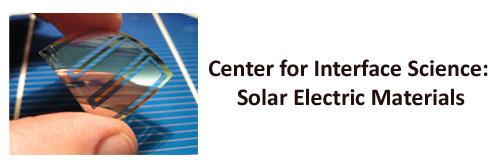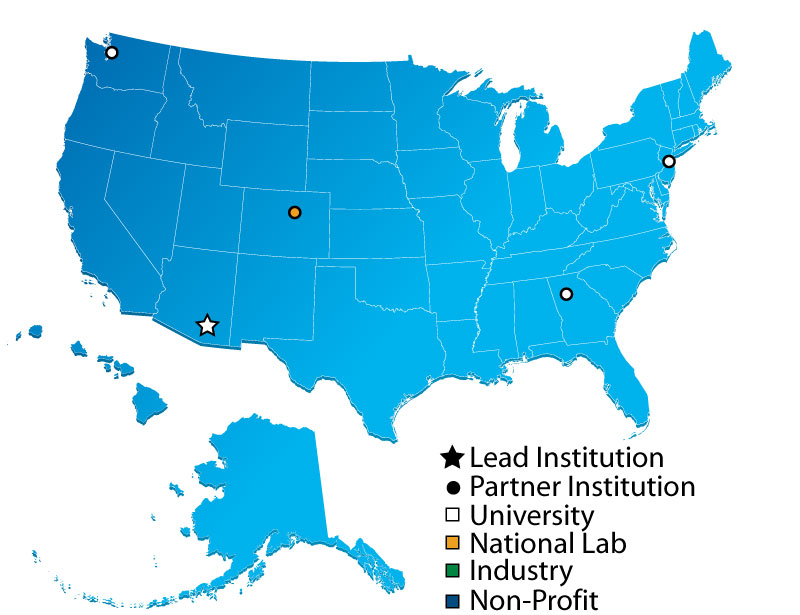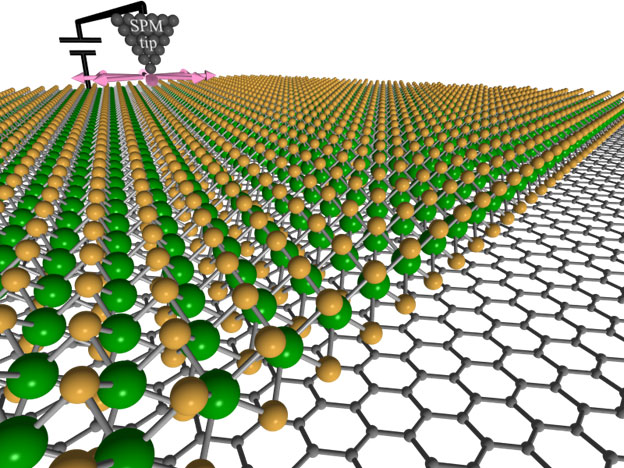CISSEM

Director(s):
Neal R. Armstrong
Lead Institution:
University of Arizona
Years:
2009-2014
Mission:
To advance the understanding of interface science underlying solar energy conversion technologies based on organic and organic-inorganic hybrid materials; and to inspire, recruit and train future scientists and leaders in the basic science of solar electric energy conversion.
Research Topics:
solar (photovoltaic), electrodes - solar, charge transport, synthesis (novel materials), synthesis (self-assembly), synthesis (scalable processing)
Materials Studied:
MATERIALS: semiconductor, organic semiconductor, wide band-gap semiconductor, metal, oxide, polymer, transparent conductor
INTERFACES: organic/semiconductor, organic/oxide, organic/organic, organic/metal, metal/semiconductor, metal/oxide, semiconductor/semiconductor, solid/solid
NANOSTRUCTURED MATERIALS: 0D, 1D, 2D, 3D, nanocomposites
Experimental and Theoretical Methods:
X-ray diffraction and scattering, X-ray spectroscopy, electron microscopy, scanning probe microscopy, surface science, density functional theory (DFT), monte carlo (MC), quantum mechanics, high-throughput screening methods

Partner Institutions:
- University of Arizona
- Georgia Institute of Technology
- National Renewable Energy Laboratory
- Princeton University
- University of Washington








